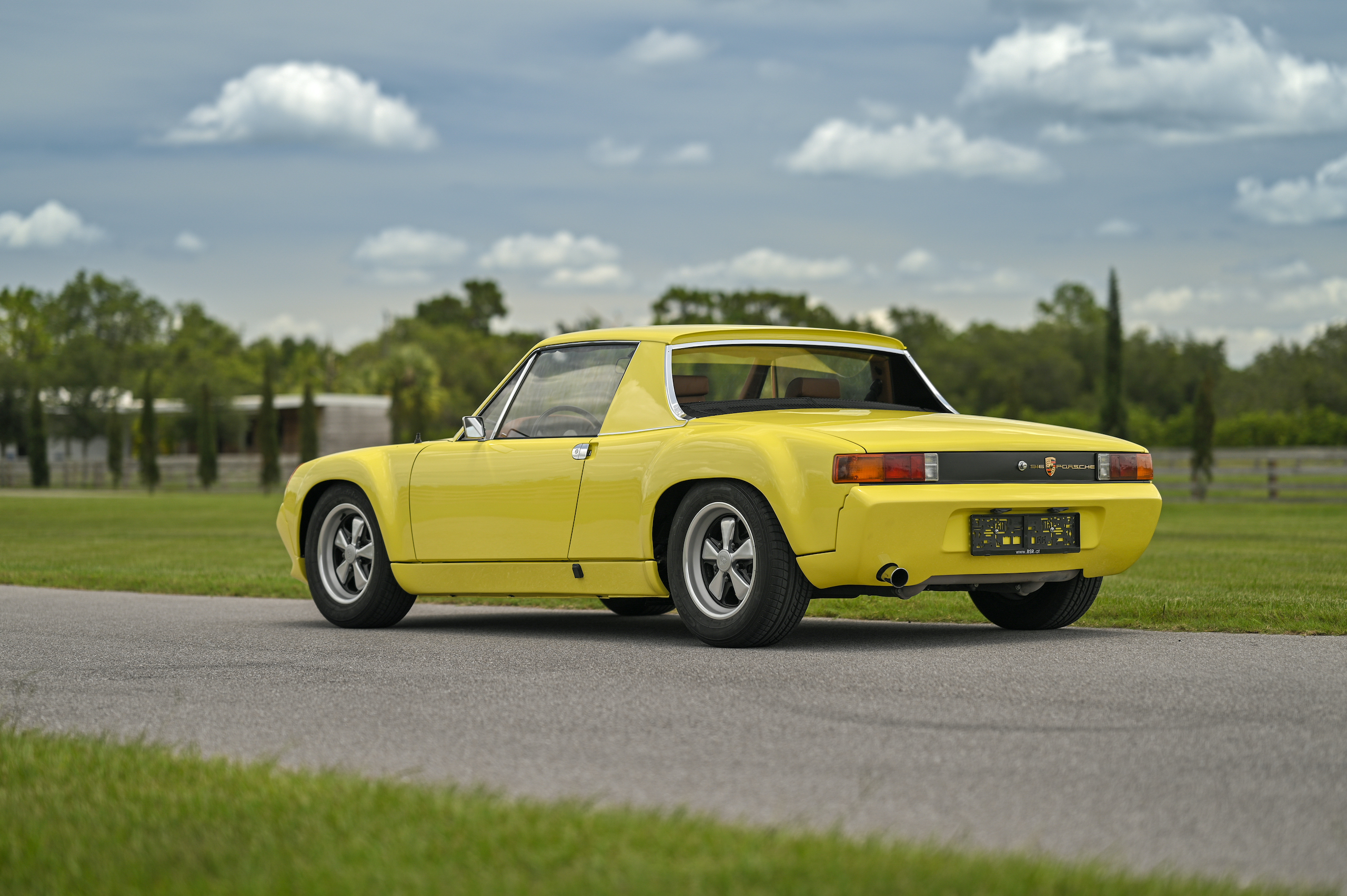The automobile industry is constantly changing. Some car brands rise to fame, while others struggle to survive. Over the years, many well-known brands have shut down due to financial problems, competition, or changing customer preferences. While some brands faded quietly, others left behind a legacy that car enthusiasts still remember today.
Many of these brands were pioneers in their time, introducing new designs and innovative technologies. However, factors like poor sales, high production costs, and economic downturns made it difficult for them to continue. Some were acquired by larger companies, while others disappeared completely, leaving only their history behind.
Popular brands like Pontiac, Saturn, and Oldsmobile were once household names in the United States. They produced stylish and reliable cars that were loved by many. However, even their strong reputation couldn’t save them from being discontinued due to declining demand and business challenges.
Other brands, such as Saab and DeLorean, became famous for their unique and futuristic designs.
Despite their appeal, they faced issues like financial struggles, poor management, or limited production. These challenges led to their downfall, and their cars became rare collectibles over time.
Some companies were victims of rapid industry changes. Electric and fuel-efficient vehicles became more popular, making it harder for some traditional car brands to compete. As technology improved, customers wanted modern features, and brands that failed to adapt were left behind.
Even though these brands no longer exist, their impact on the car industry remains. Many of their designs and innovations paved the way for modern automobiles. Some of their classic models are still cherished by collectors and car enthusiasts, keeping their memory alive.
10) Eagle, The Forgotten Chrysler Brand
Eagle was a car brand launched by Chrysler in 1988 after it acquired American Motors Corporation (AMC) in 1987. The brand was named after AMC’s Eagle crossover, which was one of the first vehicles with all-wheel drive designed for off-road and everyday use. Chrysler used the Eagle brand to sell cars that were originally developed by AMC.
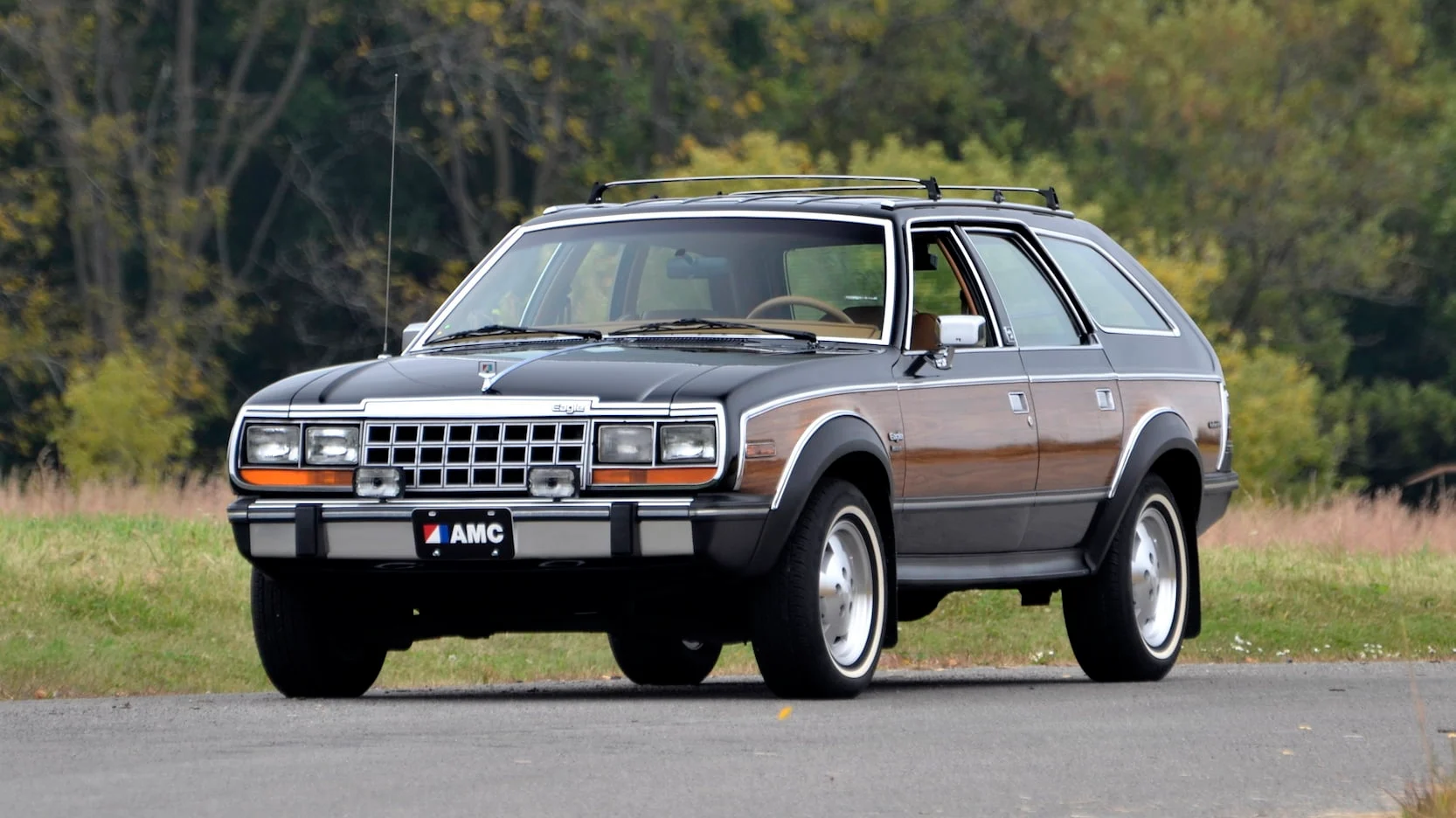
In its early years, Eagle offered models like the Eagle Premier, which was based on an AMC design. It also sold the Eagle Wagon, which was still badged under AMC.
These cars were a mix of AMC’s engineering and Chrysler’s marketing, aiming to attract buyers who liked AMC vehicles. However, Eagle was not just limited to AMC’s designs.
Chrysler also used Eagle to sell rebranded Mitsubishi models. One of the most well-known Eagle cars was the Eagle Talon, which was actually a rebadged version of the Mitsubishi Eclipse.
Similarly, the Eagle Summit was a rebadged Mitsubishi Mirage. These cars shared most of their parts with their Mitsubishi counterparts but had slight design and branding differences.
Despite some popular models, the Eagle brand struggled with sales. Chrysler was already managing other well-known brands like Dodge, Jeep, and Plymouth.
Eagle did not have a strong identity, and customers often preferred buying Chrysler, Dodge, or Jeep vehicles instead. As a result, the brand never became a major success in the automotive market.
Due to poor sales, Chrysler decided to shut down Eagle in 1999. By that time, most of its models were either discontinued or absorbed into other Chrysler brands.
Today, Eagle is mostly remembered for models like the Talon, which gained a following among car enthusiasts. However, the brand itself remains one of Chrysler’s lesser-known experiments in the automotive industry.
9) Plymouth, Chrysler’s Affordable and Iconic Car Brand
Plymouth was a car brand introduced by Chrysler in 1928 as an affordable option for buyers. It was created to compete with other budget-friendly brands like Ford and Chevrolet. Over the decades, Plymouth became known for producing reliable, stylish, and performance-oriented vehicles that appealed to a wide range of customers.
One of Plymouth’s most famous cars was the Barracuda, a muscle car that competed with the Ford Mustang and Chevrolet Camaro. The Barracuda was loved by car enthusiasts for its powerful engines and sleek design. Another iconic model was the Plymouth Road Runner, a high-performance muscle car that combined speed with affordability.
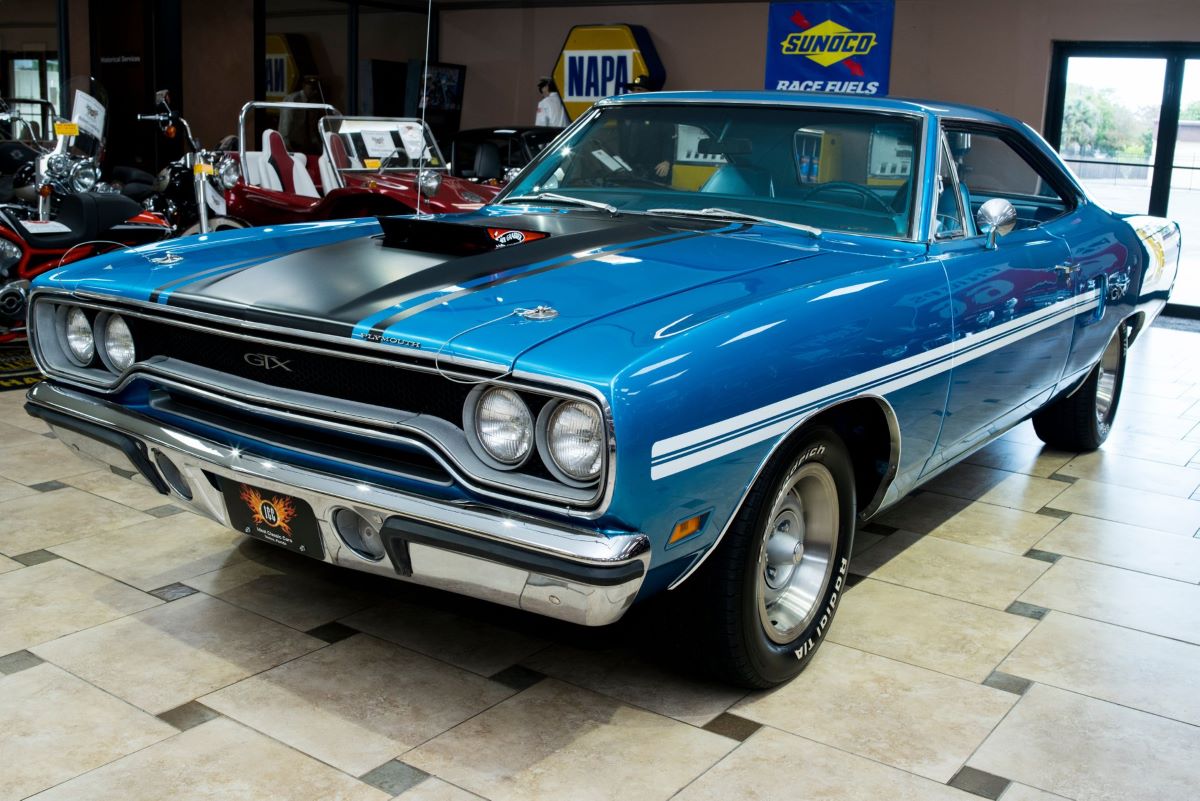
Plymouth wasn’t just about muscle cars. The brand also made practical and family-friendly vehicles. The Plymouth Voyager was one of the first minivans in the market and became extremely popular among families. The Plymouth Neon, a small and affordable sedan, was also a hit during the 1990s.
In the late 1990s, Plymouth struggled to stay relevant as Chrysler focused more on brands like Dodge and Jeep. Although Plymouth introduced unique cars like the Prowler, a retro-styled roadster, it couldn’t regain its former popularity. Sales continued to decline, making it difficult for the brand to survive.
Also read: 10 Sports Cars That Are Surprisingly Good on Gas
In 1998, Chrysler merged with Daimler-Benz, forming DaimlerChrysler. As part of restructuring, Plymouth was discontinued in 2001. Some of its models, like the Voyager minivan, were absorbed into Chrysler’s main lineup. While the Plymouth name is no longer active, its legacy remains strong, especially among muscle car fans and collectors. The brand’s influence can still be seen in modern Chrysler vehicles that carry on its innovative spirit.
8) Oldsmobile, A Pioneer in American Automobiles
Oldsmobile was founded by Ransom E. Olds in 1897, making it one of the oldest car brands in American history. It was among the first companies to produce automobiles on a large scale. Oldsmobile became famous for its early innovations and helped shape the modern car industry.
In 1908, General Motors (GM) purchased Oldsmobile, making it one of its main brands. Under GM, Oldsmobile became known for producing stylish and advanced cars. It was positioned as a luxury brand, offering high-quality vehicles that were more affordable than Cadillac but more premium than Chevrolet or Pontiac.
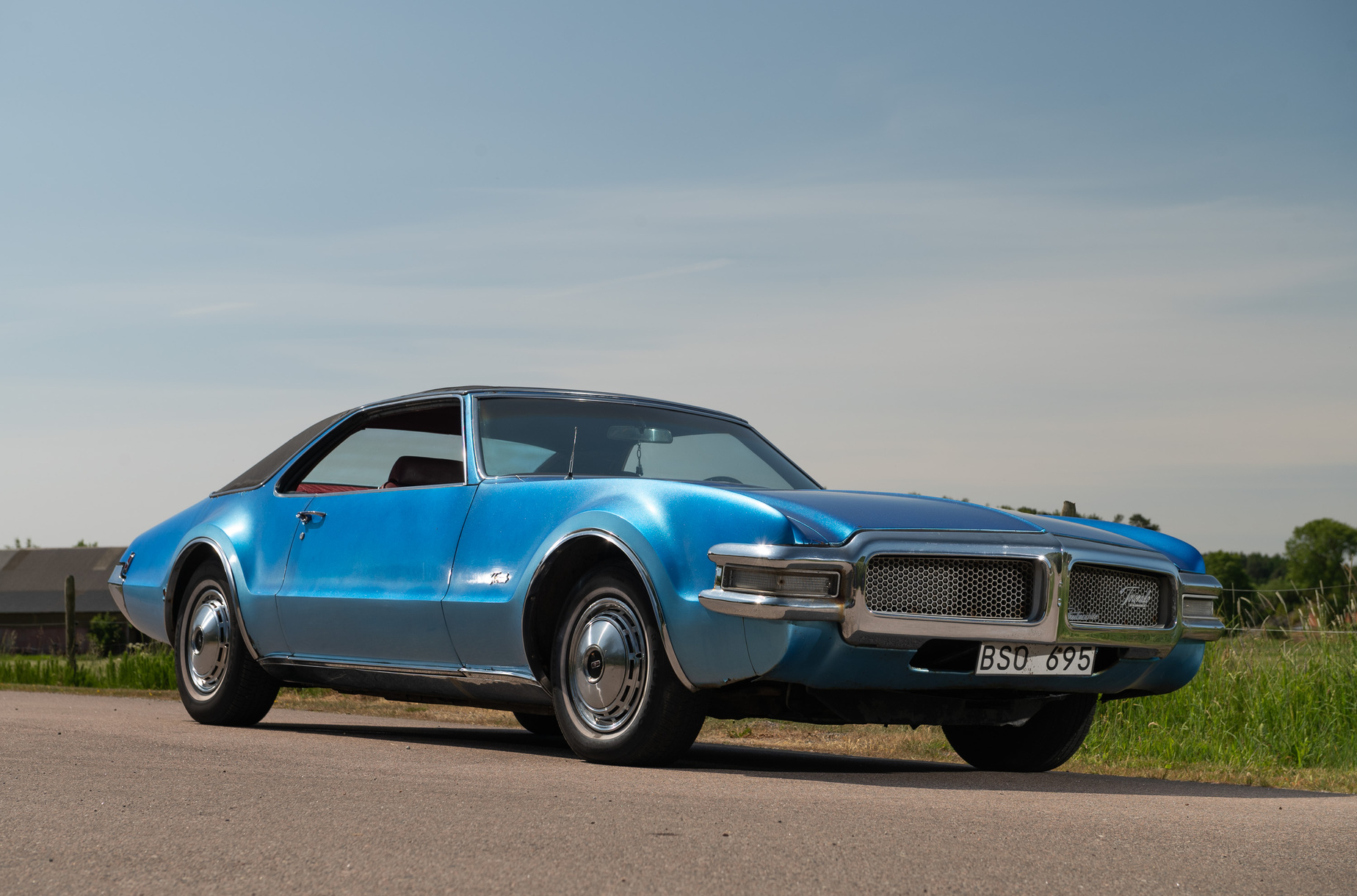
One of Oldsmobile’s most significant contributions to the auto industry was the introduction of the automatic transmission in 1940. This innovation made driving easier and helped shape the future of car manufacturing. The brand also became known for models like the Oldsmobile 88, which was popular in the 1950s and 1960s for its power and performance.
Oldsmobile continued to be successful through the 1970s and 1980s. Models like the Cutlass became best-sellers, offering a mix of performance, comfort, and affordability. However, by the 1990s, Oldsmobile faced stiff competition from Japanese and European automakers, and its sales began to decline.
In an effort to modernize, Oldsmobile introduced newer models like the Alero and Aurora, but they struggled to attract younger buyers. As GM faced financial challenges, it decided to discontinue Oldsmobile in 2004. The brand’s final car, an Alero, rolled off the assembly line that year, marking the end of an era.
Although Oldsmobile no longer exists, it remains an important part of American automotive history. Its innovations and contributions continue to influence modern car designs and technology.
7) Rover A Century of British Automotive History
Rover was one of Britain’s most well-known car brands, with a history that spanned over 100 years. Founded in the late 19th century, Rover became famous for producing high-quality and stylish vehicles. It was known for making comfortable sedans and luxury cars that appealed to British buyers.
During the mid-20th century, Rover was a respected name in the automotive industry. It built reliable and well-engineered cars, with models like the Rover P5 and P6 gaining popularity among executives and government officials. The brand was often associated with refinement and prestige.
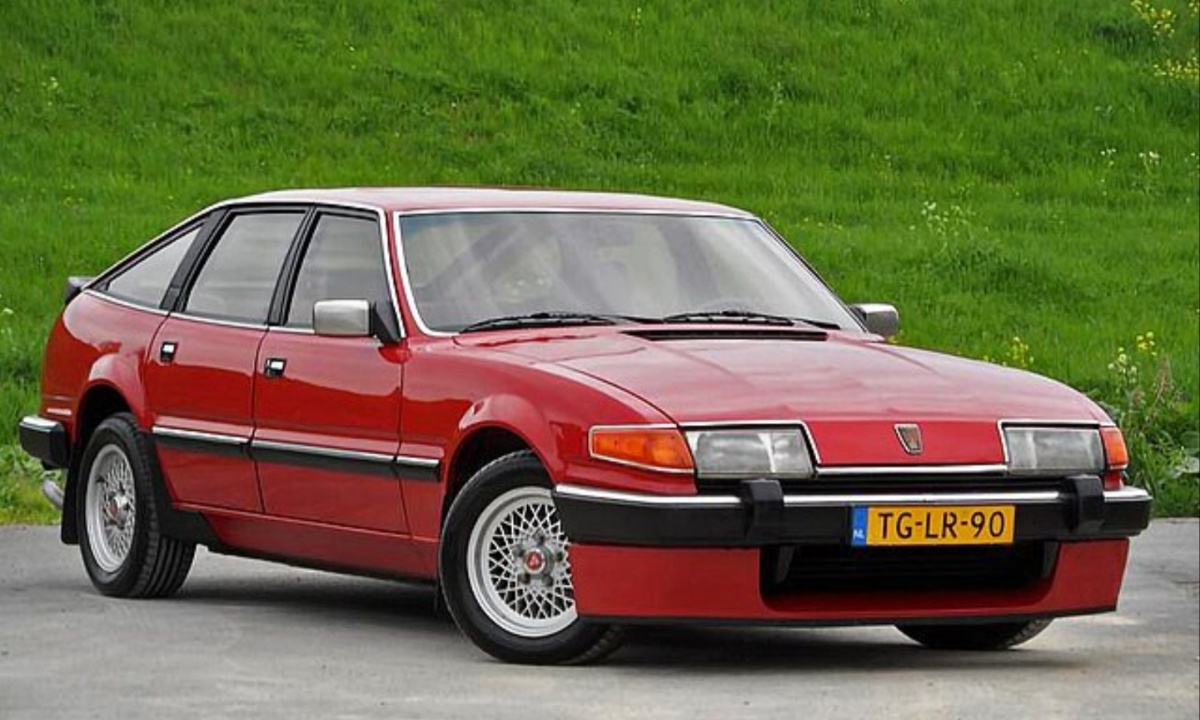
In addition to luxury sedans, Rover also played a role in off-road vehicles. The Land Rover division was originally part of Rover before becoming a separate brand. Land Rover went on to achieve global success, specializing in rugged SUVs and luxury off-road vehicles.
By the 1980s and 1990s, Rover began to struggle. Increased competition from European, Japanese, and American automakers made it difficult for the brand to maintain its market position. Ownership changes and financial troubles further weakened Rover’s reputation, leading to declining sales.
In the early 2000s, Rover attempted to revive itself with models like the Rover 75, a luxury sedan designed to attract premium car buyers. However, the brand’s financial struggles continued, and in 2005, Rover ceased production. This marked the end of one of Britain’s most historic car manufacturers.
Although the Rover name has disappeared, Land Rover still exists today and is now owned by Tata Motors, an Indian automotive company. While Land Rover continues to thrive, the original Rover brand remains dormant, remembered as an important part of Britain’s rich automotive legacy.
6) Pontiac: The Rise and Fall of an American Performance Brand
Pontiac was founded in 1926 as a division of General Motors (GM) and quickly became one of America’s most well-known car brands. It was originally created as an affordable alternative to GM’s more expensive Buick and Oldsmobile models. Over the years, Pontiac gained a strong reputation for making stylish, powerful, and performance-focused cars.
During the 1960s and 1970s, Pontiac was at its peak, producing some of the most iconic muscle cars in American history. The Pontiac GTO, introduced in 1964, is often considered the first true muscle car, offering a big V8 engine with incredible power. The Firebird, Pontiac’s answer to the Ford Mustang, became another legendary car, especially in its Trans Am version.
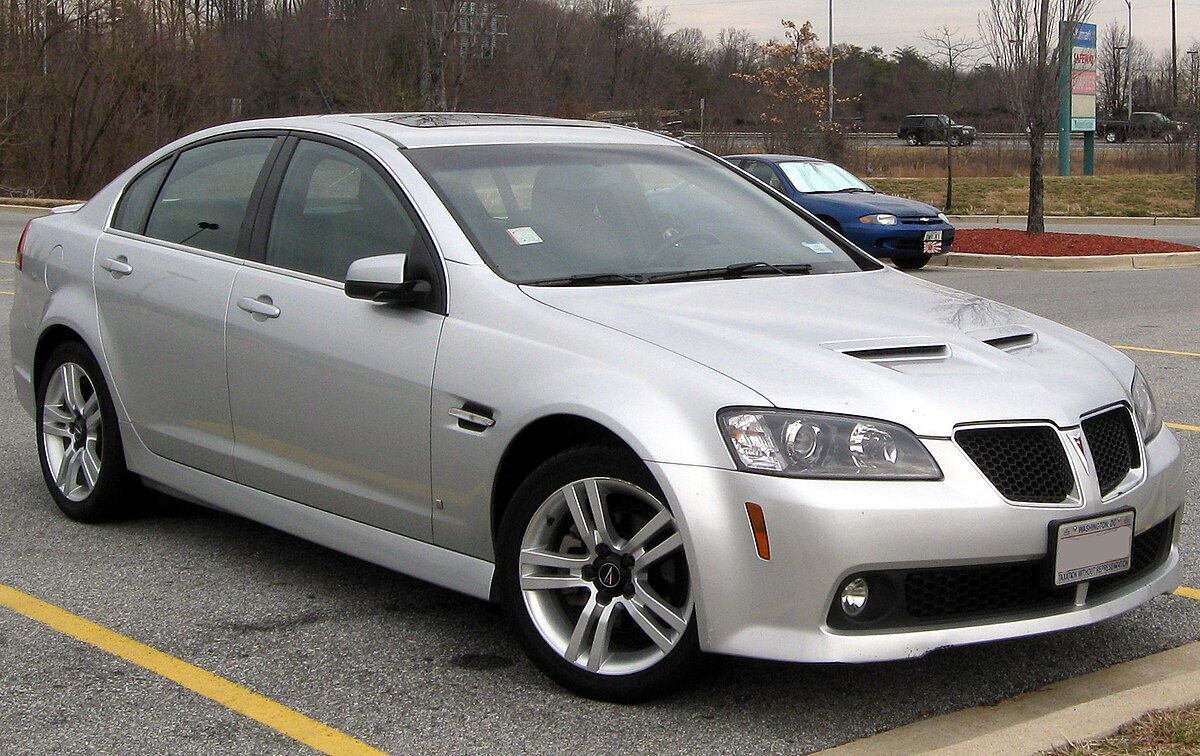
Pontiac was not just about muscle cars; it also introduced innovative designs. The brand experimented with futuristic styling and high-performance engineering. The Pontiac Fiero, released in the 1980s, was a mid-engine sports car that stood out from traditional American designs. The Solstice, launched in 2006, was a stylish roadster that aimed to compete with European sports cars.
Despite its strong legacy, Pontiac began to struggle in the 1990s and 2000s. GM faced increasing competition from Japanese and European automakers, and Pontiac’s sales started to decline. The brand lost its focus on performance and became known for rebadged models that didn’t excite buyers.
Also read: 10 Road Bikes That Are Designed for High-Speed Safety and Endurance on Rough Terrain
When GM faced a financial crisis in 2008, it was forced to cut costs and eliminate underperforming brands. In 2010, Pontiac was officially discontinued as part of GM’s restructuring plan. While Pontiac no longer exists, its legacy lives on through its legendary cars, which remain popular among collectors and enthusiasts. The brand will always be remembered as a symbol of American performance and innovation.
5) Hummer From Military Power to Electric Comeback
Hummer was introduced as a car brand by General Motors (GM) in 1999. It was created to sell a civilian version of the HMMWV (Humvee), a military vehicle known for its rugged design and off-road capability. The first model, called the Hummer H1, was nearly identical to the military Humvee, making it one of the toughest off-road vehicles available.
The Hummer H1 was large, powerful, and built for extreme conditions. It gained attention for its unique design and military roots, attracting buyers who wanted an aggressive, heavy-duty vehicle. However, it was expensive and not very practical for everyday use, leading GM to develop more consumer-friendly models.
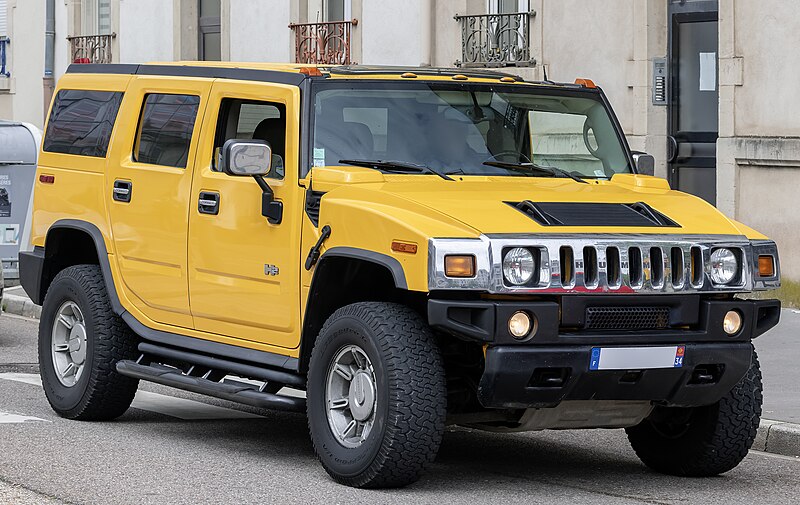
In the early 2000s, GM introduced the Hummer H2 and H3. These models were smaller and more comfortable than the H1 but still had the bold and rugged look of a Hummer. The H2, in particular, became popular with celebrities and off-road enthusiasts. The H3 was the smallest and most affordable Hummer, making the brand more accessible to the average buyer.
Despite its strong image, Hummer faced criticism for being inefficient. Its large size and powerful engines consumed a lot of fuel, making it unpopular as gas prices rose. When GM went through financial difficulties in the late 2000s, it decided to discontinue the Hummer brand in 2010 as part of cost-cutting measures.
In 2021, GM revived the Hummer name but in a new way. Instead of bringing back the old gas-guzzling SUVs, GM introduced the Hummer EV, an electric truck under the GMC brand. This marked a major shift for Hummer, transforming it from a symbol of fuel consumption into a modern electric vehicle with cutting-edge technology and impressive off-road capability.
4) Saturn: GM’s Experiment in Affordable and Reliable Cars
Saturn was created by General Motors (GM) in 1982 as a response to the growing popularity of Japanese cars in the United States. During the 1980s, automakers like Toyota and Honda were gaining a strong reputation for producing affordable, fuel-efficient, and reliable vehicles. GM wanted to compete in this market with a brand that focused on similar values.
Saturn was officially launched in the early 1990s with the slogan “a different kind of car company.” It positioned itself as a fresh and innovative alternative to traditional American car brands. Saturn cars were designed to be affordable, easy to maintain, and fuel-efficient, appealing to budget-conscious buyers.
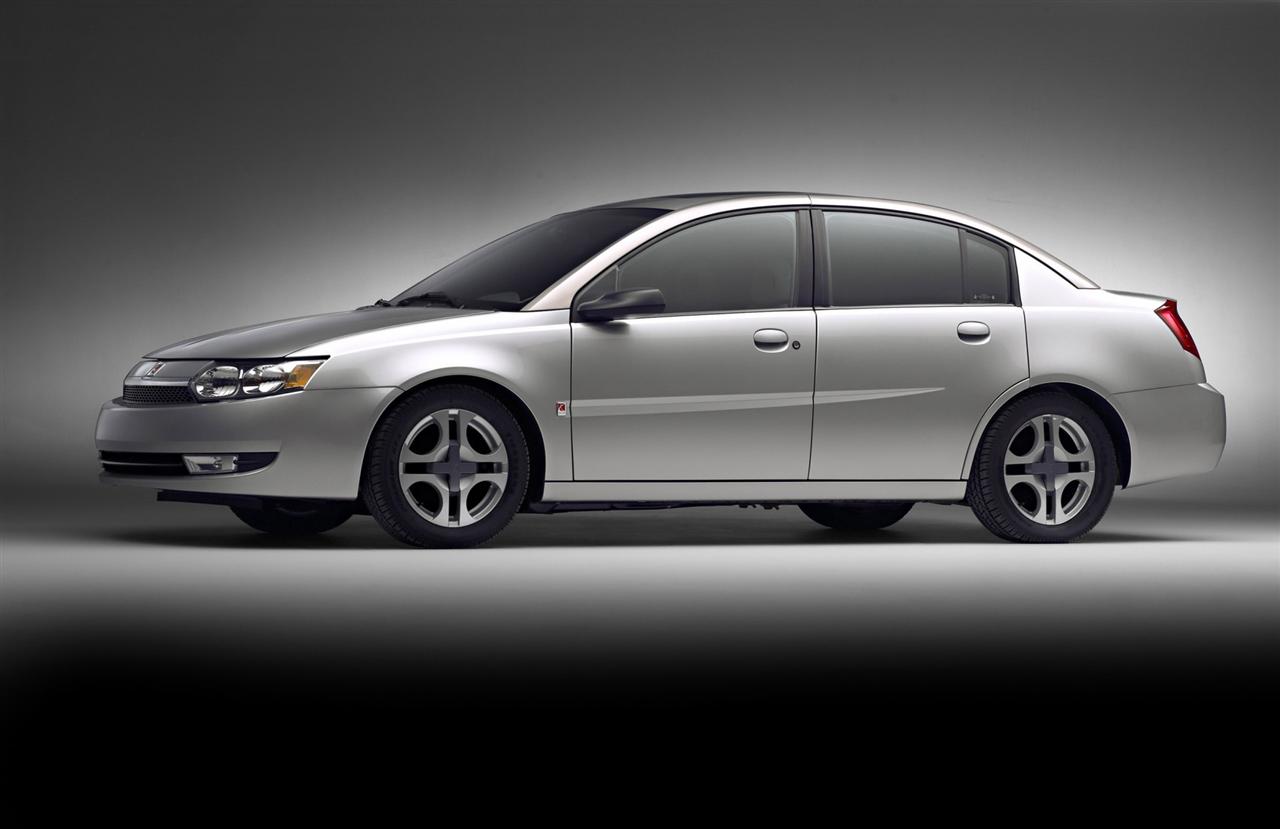
One of Saturn’s unique features was its no-haggle pricing. Unlike other car dealerships, Saturn offered fixed prices, eliminating the need for negotiation. This approach made the buying experience simpler and more customer-friendly. Saturn also built strong relationships with its customers, which helped it develop a loyal following.
In the early years, Saturn introduced models like the SC coupe and SL sedan, which were well received. However, by the 2000s, the brand started to struggle. GM stopped developing new cars specifically for Saturn and instead rebadged existing GM models. As a result, Saturn lost its unique identity, making it harder to stand out in the competitive market.
Declining sales and GM’s financial problems led to the brand’s downfall. In 2009, GM decided to discontinue Saturn as part of its restructuring plan. Production officially ended in October of that year. Although Saturn no longer exists, it remains an example of an ambitious attempt by GM to compete with Japanese automakers. Many of its ideas, such as no-haggle pricing, influenced modern car sales strategies.
3) Scion: Toyota’s Attempt to Attract Younger Drivers
Scion was created by Toyota in the early 2000s with the goal of appealing to younger, trendier drivers. The brand was aimed at a younger demographic who wanted affordable, unique, and customizable cars. Scion’s cars were small, quirky, and offered a fun alternative to traditional sedans and hatchbacks, such as the Scion xB and Scion tC.
The lineup of Scion cars was designed to be fresh and different from other vehicles on the market. These cars were meant to be customizable, offering many options for buyers to personalize their vehicles. Scion also used unconventional marketing strategies, including partnerships with music and pop culture events, to connect with a youthful audience.
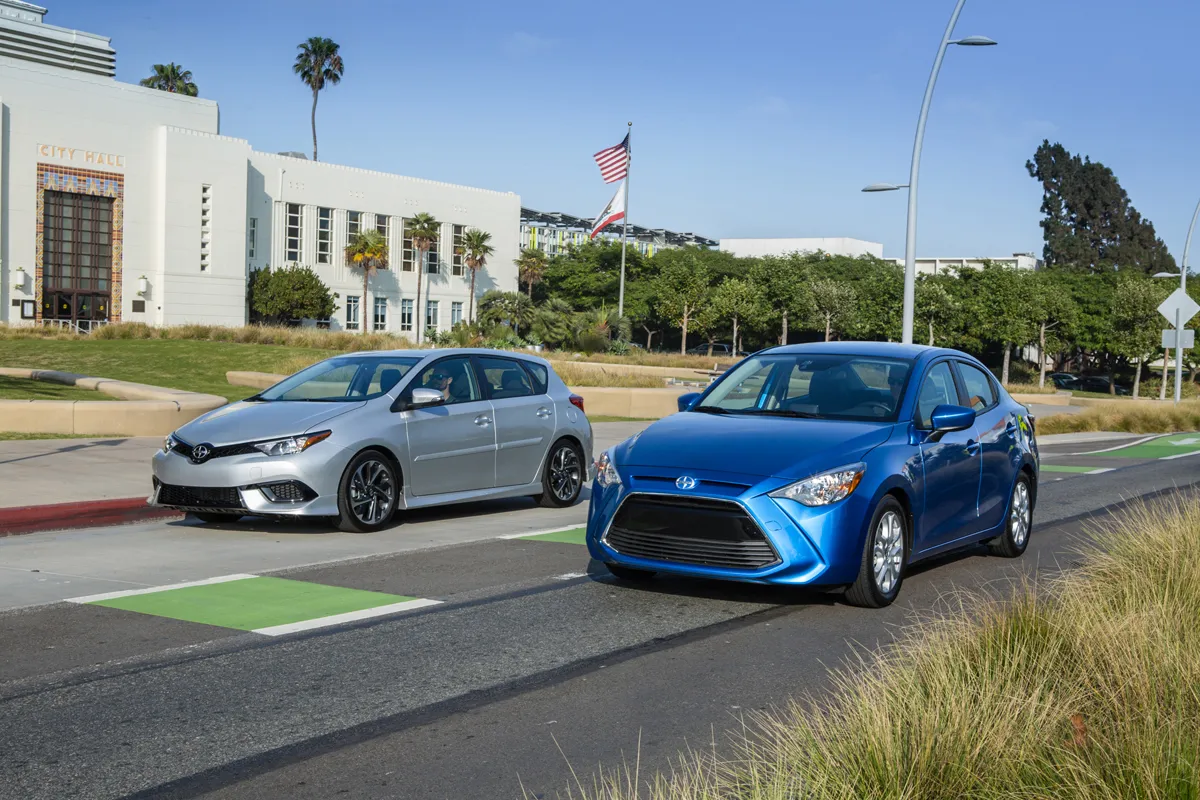
However, despite its innovative approach, Scion never gained the level of success Toyota had hoped for. The brand’s cars were small and practical, but they didn’t appeal to as many people as Toyota expected. As the years went on, sales began to decline, especially after the 2008 financial crisis, which led to a decrease in car sales.
Scion’s designs, while unique, weren’t always enough to stand out in a competitive market. The cars were often seen as too quirky for some buyers, and Toyota’s mainstream models began to offer similar features. In the end, Scion struggled to establish a strong enough identity.
Also read: 10 Classic Cars That Are Still Affordable and Perfect for Enthusiasts on a Budget
In 2016, Toyota decided to discontinue Scion and absorb its models into the main Toyota lineup. The Scion brand was officially dissolved, but many of the cars it produced, like the Scion iA and xB, continued to be sold under the Toyota name. Though Scion is no longer around, its influence on the small car market and youthful marketing strategies can still be seen today.
2) Daewoo Motors: From South Korean Giant to GM’s Acquisition
Daewoo Motors was once one of the largest car manufacturers in South Korea. It produced a wide range of cars, from compact sedans to larger vehicles, and was considered a major player in the global automotive market. Daewoo vehicles were popular in many countries, known for their affordability and practicality.
However, the company faced major problems in the late 1990s. A financial scandal at its parent company led to the collapse of the brand, and in 1999, Daewoo Motors filed for bankruptcy. The company’s financial troubles made it difficult to continue operations, and it was forced to seek a buyer to avoid further decline.
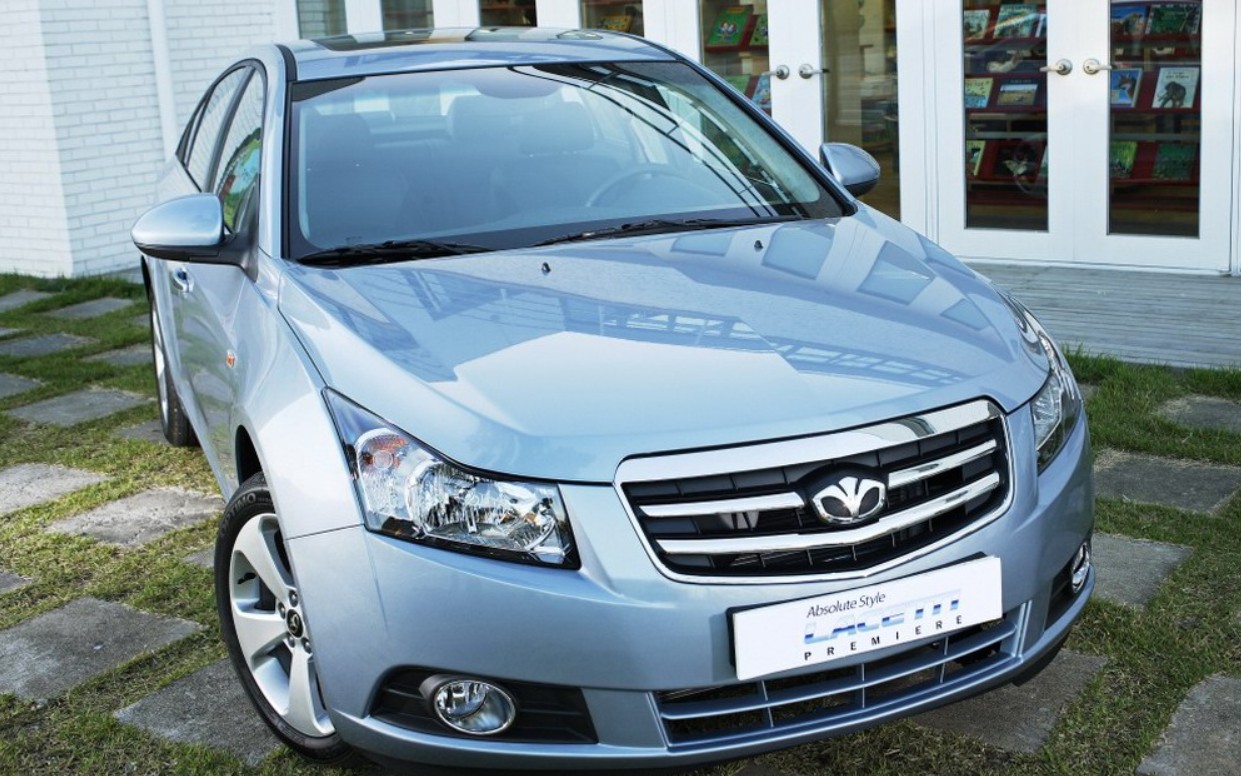
In 2002, General Motors (GM) acquired Daewoo Motors, bringing the company under its control. GM rebranded the company as GM Daewoo, hoping to tap into the South Korean market and expand its presence in Asia. For a time, Daewoo cars continued to be sold under the GM Daewoo name, but GM began to phase out the brand.
In 2011, GM officially rebranded GM Daewoo as GM Korea, consolidating its operations in South Korea. While GM Korea continued to produce vehicles, the Daewoo name was gradually retired. Some Daewoo models were sold in global markets under the Chevrolet and other GM brand names.
Though Daewoo cars were sold for several years after the acquisition, the brand has been dormant for more than a decade.
Today, the Daewoo name is largely forgotten, but its legacy lives on through GM Korea, which still produces cars in South Korea. The Daewoo brand remains a part of automotive history and is remembered for its role in South Korea’s industrial development.
1) Borgward: A German Brand’s Rise, Fall, and Revival
Borgward was once a prominent German automaker, known for producing a wide range of vehicles, including cars and trucks.
It was one of Germany’s largest carmakers before it faced financial difficulties. Despite its success in the early years, Borgward went bankrupt in 1961, ending its operations and leaving the brand dormant for decades.
After many years of inactivity, the Borgward name was revived in 2015 by the Chinese automaker BAIC. The revival aimed to bring the historic German brand back to life, focusing on producing modern vehicles. The new Borgward introduced a line of crossover SUVs, such as the Borgward BX7, to appeal to current market trends and attract buyers.
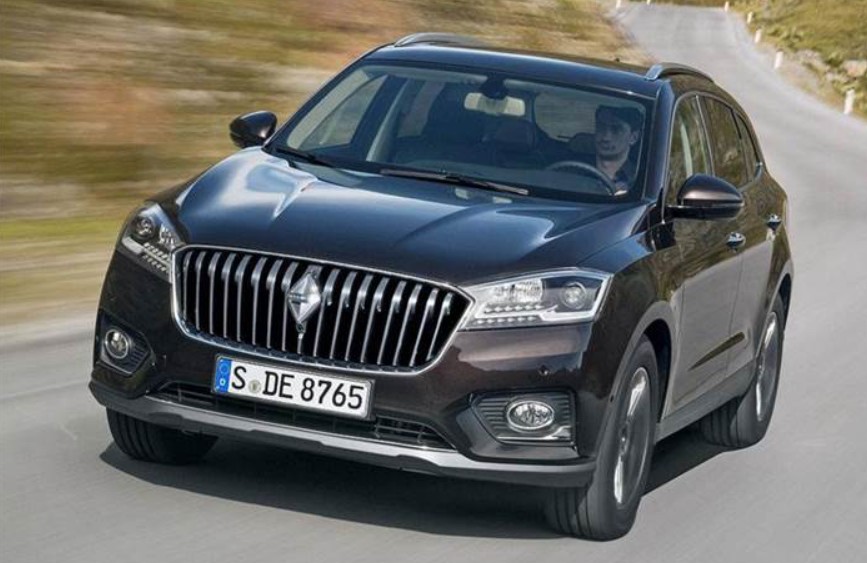
However, despite its ambitious efforts, the revived Borgward struggled to make a significant impact in the competitive automotive market. The company faced challenges in gaining traction with consumers and competing with established brands. The global market, which major players already dominated, proved to be tough for the resurgent brand.
In 2022, Borgward’s struggles continued, leading the company to file for bankruptcy once again. Despite the initial excitement surrounding its revival, the brand could not overcome its financial troubles and failed to secure a solid position in the market. Borgward’s second attempt to succeed ended in failure, and the brand once again disappeared from the automotive scene.
Also read: 10 Sports Cars That Are Surprisingly Good on Gas
Although Borgward is no longer active, its story remains an interesting part of automotive history. From its rise as a major German carmaker to its eventual fall and brief revival, Borgward serves as an example of the challenges faced by companies attempting to re-enter the market after a long absence.

